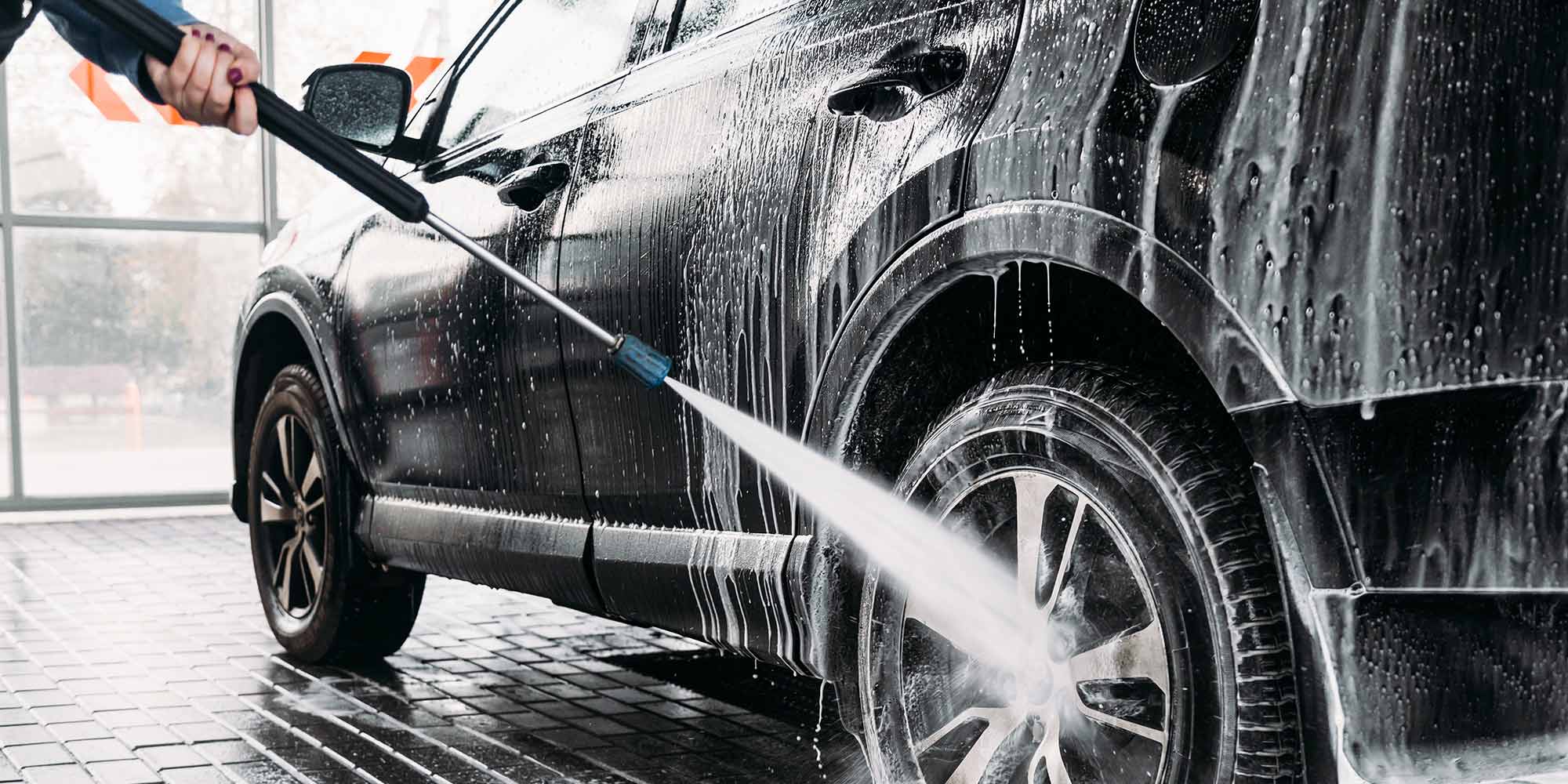Maintaining a clean car is essential for both aesthetic appeal and preserving the vehicle’s condition. However, many car owners tend to overdo it, believing that frequent washing will keep their car looking pristine. While washing your car regularly is important, doing it too often can actually cause damage. In this article, we will discuss why washing your car too frequently can be harmful and how to strike the right balance.
The Risks of Over-Washing Your Car
While keeping your car clean is vital for maintaining its resale value and protecting the paint, over-washing can lead to unintended consequences. Here are some reasons why washing your car too often can be detrimental.
1. Damages the Protective Wax Layer
Car waxing is essential for creating a protective barrier between your car’s paint and environmental contaminants. However, washing your car too frequently can strip away this wax layer, leaving your vehicle vulnerable.
- Why It Happens:
- Most car shampoos contain mild detergents that can wear off the wax.
- High-pressure washes and harsh chemicals can further accelerate this process.
- Impact:
- Your car becomes more susceptible to UV rays, road salt, and acid rain.
- Frequent waxing to compensate can lead to wax buildup, affecting the car’s finish.
Pro Tip: Wax your car every three to four months to maintain the protective layer, even if you wash it more frequently.
2. Scratches and Swirl Marks
Each time you wash your car, you risk introducing scratches and swirl marks, especially if you are not using proper washing techniques.
- Why It Happens:
- Using dirty sponges or contaminated water can cause micro-scratches.
- Automatic car washes with abrasive brushes can damage the paint.
- Impact:
- Fine scratches can accumulate over time, dulling the car’s appearance.
- Swirl marks can be difficult to remove and may require professional polishing.
Pro Tip: Use a microfiber wash mitt and the two-bucket method to minimize scratches during washing.
3. Water Spots and Mineral Deposits
Even the cleanest water can leave behind mineral deposits if not properly dried. Frequent washing increases the chances of water spots, especially if the car air-dries in the sun.
- Why It Happens:
- Hard water contains calcium and magnesium that leave behind spots when dried.
- Air drying or improper towel use can exacerbate the problem.
- Impact:
- Water spots etch into the clear coat, leaving a rough texture.
- Over time, they become more difficult to remove and may damage the paint.
Pro Tip: Dry your car immediately after washing using a soft, lint-free microfiber towel.
4. Weakens the Paint Finish
Your car’s clear coat is designed to protect the paint underneath. Excessive washing can wear down this protective layer.
- Why It Happens:
- Constant scrubbing and exposure to harsh detergents erode the clear coat.
- Abrasive materials and excessive pressure worsen the degradation.
- Impact:
- The paint becomes dull and lacks luster.
- The underlying paint becomes more vulnerable to oxidation and fading.
Pro Tip: Use pH-balanced car shampoos and avoid aggressive scrubbing.
5. Deteriorates Rubber and Plastic Components
Many car washes use soaps that are not formulated for rubber and plastic trims. Frequent exposure can dry out and crack these components.
- Why It Happens:
- Harsh detergents strip natural oils from rubber seals and plastic trims.
- High-pressure water jets can force moisture into electrical components.
- Impact:
- Cracked and faded rubber seals lead to water leakage and wind noise.
- Deteriorated plastic parts lose their sheen and may become brittle.
Pro Tip: Apply a rubber and plastic conditioner after washing to maintain flexibility and appearance.
6. Environmental Impact
Frequent car washing can also harm the environment, especially if done at home.
- Why It Happens:
- Runoff containing soap, dirt, and oil can pollute nearby water bodies.
- Excessive water usage contributes to wastage.
- Impact:
- Local water sources may get contaminated.
- Higher water bills if washing at home.
Pro Tip: Use eco-friendly car shampoos and visit professional car washes that recycle water.
How Often Should You Wash Your Car?
The optimal washing frequency depends on various factors:
- Urban Driving: Once every two weeks to remove dust and pollution.
- Coastal Areas: Weekly washing to remove salt residues.
- Rural or Muddy Roads: Wash as needed to remove mud and dirt buildup.
- Car Usage: Infrequently driven cars require less frequent washing.
General Recommendation:
- Once a week: For cars exposed to harsh conditions.
- Every two weeks: For regular urban use.
- Monthly: For garage-kept or less frequently driven vehicles.
Best Practices for Safe Washing
To minimize damage during washing, follow these best practices:
- Use the Right Products: Choose pH-neutral shampoos and soft microfiber cloths.
- Avoid Automated Car Washes: Use touchless or hand wash services when possible.
- Dry Properly: Use a blower or microfiber towel to prevent water spots.
- Apply a Protective Coating: Use ceramic or polymer coatings for added protection.
- Detailing Routine: Include polishing and waxing every few months to maintain the paint.
Final Thoughts
While washing your car is necessary to maintain its aesthetic appeal and protect it from contaminants, doing it too frequently can be counterproductive. The key is to strike a balance—washing your car enough to keep it clean without stripping essential protective layers. By following proper washing techniques, using the right products, and being mindful of your car’s specific needs, you can keep your vehicle looking great without causing unnecessary damage.

